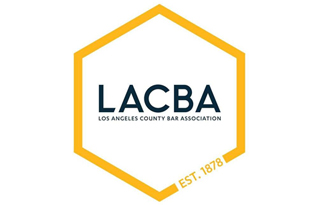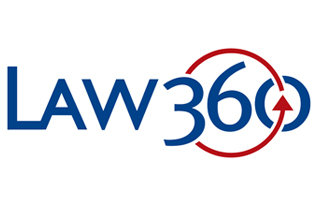EQUINOX STRATEGY PARTNERS
Top 3 Things Lawyers Do Wrong On LinkedIn
By Lana Manganiello

With all the headlines, notifications, news, noise and ads precisely tailored to grab and keep your attention, you might be looking to cut down on your social media consumption. But, unless you are on track to retire in the next 12 months, consider making some time for LinkedIn.
Regardless of your personal feelings about LinkedIn (you don’t know half of your connections, random strangers sending connection requests, constant InMails messages from headhunters and salespeople), understand that it is the number one social platform (over 500 million users) for business professionals—in other words, a tremendous, captive audience.
Just because you may not be active on LinkedIn doesn’t mean your peers, colleagues, clients and prospects aren’t—in fact, they likely are. Plus, your LinkedIn profile is probably the first or second result when someone Googles your name—probably higher in the search result than your firm website biography—thus a key component of your internet presence.
As a business development consultant, I regularly see attorneys making these three mistakes when it comes to their LinkedIn presence:
1. Little to No Presence
We have all seen a LinkedIn profile with the name spelled in all lower case, no photo, a vague job title, and 10 connections. This lack-luster kind of profile won’t help you if you want to keep your existing clients and would like to find new ones.
Even though you may not care about your LinkedIn profile, Google does. Whenever someone Googles your name, your LinkedIn profile link will likely be the first or second link to result. Clients, prospects and referral sources use LinkedIn to perform their due diligence on you. It is one of the few sites professionals visit to verify credentials.
Connect with your entire professional network including your current and previous colleagues. Some professionals make the mistake of only connecting with prospects and clients. LinkedIn is a referral network and a place for you to illustrate to your network what your expertise is and when to refer you. The attorneys you know might be searching their connections for an attorney with your exact expertise so make sure you are a connection and it’s clear what you do and for whom.
2. Wrong Information in Profile
Missing information, outdated information, too little information, or too much irrelevant information sends the wrong message—unprofessional, disorganized, not tech savvy.
Your LinkedIn profile should reflect the intentional reputation you are in the process of building or maintaining—it is not the place to summarize your entire life’s work. In the “Experience” section, synthesize your previous work experience down to the matters, activities and achievements that have relevancy to the type of work you want more of in the future.
Your “Headline,” the two-sentence section under your name, should clearly communicate your expertise and target client. A headline that reads “Attorney” is a missed opportunity to educate your target market on your value.
Your “Summary” is the next place professionals visit once they are intrigued by your headline. Use the Summary section to summarize relevant work experience from a thirty-thousand-foot perspective. Use bullet points and include media like a video, an article you’ve written, or a recent recognition.
Don’t skip or underestimate the power of the more human elements of you as a professional. Include all the schools you’ve attended (starting with college), the organizations and associations you belong to, your volunteer experience, languages you speak and personal accomplishments. This “back of the business card” information helps others relate with you and build on commonalities.
It should go without saying that your headshot needs to be professional (not from a wedding, not with your favorite pet and definitely no selfies) and should look like you today—no glamour shots from your heyday. Keep your “Contact” information updated along with links to your firm website and other websites you are currently associated with, like a blog.
3. Never Or Rarely Visiting LinkedIn
LinkedIn is a great place to research and understand your clients and prospects. You can see what is current, relevant and of interest to the professionals you work with or would like to work with. You can “Follow” client and target companies as well as relevant thought leaders to stay up to date on their posts, likes and comments.
LinkedIn is a natural place for your network to be reminded of you in parallel with material that indicates that you are an expert and a thought leader in your field. Post articles you’ve written, share important firm posts, share content you think your target clients would be interested in, post notice of speaking engagements, and write thoughtful comments on posts that could be read by your target clients and referral sources. Strategically tagging companies and people in your posts and comments will expand the opportunity for people to see your name and information.
Avoid these mistakes and make time to ensure your LinkedIn profile is an accurate reflection of the professional you are and is in line with your business development objectives.



















